Download The Photoshop Color Control ActionPack For Free!
If you want the source file to follow along with the video, you can download it from: here.
Video Transcript:
”
Hi, I’m Tim Daniels from www.lapseoftheshutter.com, and in this video, we are going to learn how to transform a low contrast, flat photo into something special, through adding selective contrast and colour to only parts of the photo.
This photo of the Lofoten Islands in Norway is a good example. You can see that this photo has potential, but it is flat and low contrast. We are going to cover how to go from this, to this, with only a few layers in Photoshop, using layer masks created from saturation masks.
You can see that this technique has added extra lighting and contrast to only the buildings and grass on the right, while barely affecting the rest of the photo. Let’s zoom into 100% to take a closer look. This is down to the use of saturation masks to make complex selections for us. You will see those saturation masks in the Channels tab.
So, I will delete this work, and the saturation masks in the Channels tab, and start from scratch.
The first thing to do is to create saturation masks. I will use an action that I have created, that is available totally for free from www.lapseoftheshutter.com, as part of the Photoshop Colour Control ActionPack. Go to www.lapseoftheshutter.com and enter your email address to get a download link emailed to you. If you would rather learn how to create saturation masks by hand yourself, take a look at my video, available on YouTube and linked in this video’s description, called ‘How to Create & Use Saturation Masks’.
Once the action has run, the saturation masks are available in the Channels tab. The high saturation masks are selections made of the most saturated pixels in the photo, in this case the buildings and grass, while the low saturation masks are selections of the least saturated pixels, here containing the sky, water, and most of the mountains.
Saturation masks are a perfect selection method for low contrast, flat photos, like this one. I would struggle to make easy to use selections using luminosity masks, or any other type of mask, in this photo. Saturation masks though, as they are based around the saturation of pixels in your photo, almost always give you a powerful way to create complex selections, regardless of the existing contrast or lighting. For the masks created with my action, as the number following the mask increases, the mask becomes more and more constrained to only the most high or low saturated pixels, as appropriate.
In this case, I will first use the High Saturation 2 mask, by Ctrl+Clicking (Cmd+Clicking on Mac) on the High Saturation 2 thumbnail. This loads the mask as an active selection. I chose this particular mask after looking at it and determining that it contains the buildings and areas of grass that I am interested in selectively lighting.
Then, I simply click on the Curves symbol, which loads a curves layer with this saturation mask automatically set as the layer mask. Therefore, any modifications I now make to this Curves layer will only be applied to the area selected by the High Saturation 2 mask.
Thanks to the layer mask, we can modify the curve far more strongly than we otherwise would. The saturation mask will largely protect us from going too far.
You can see that already, the buildings and grass have increased in lightness and contrast, while the rocks and mountains are left largely untouched. This is the essence of the technique already completed. But we can improve this still further.
To more tightly target the lighting and contrast onto the buildings and grass, I can make a selection of the High Saturation 3 mask, again by Ctrl (or Cmd) + Clicking on the High Saturation 3 thumbnail in the Channels tab, and this time adding a levels mask. The High Saturation 3 mask contains about the top 12.5% most saturated pixels in the photo, compared with the 25% most saturated pixels in the High Saturation 2 mask. Therefore, the High Saturation 3 mask is even more constrained.
You can see by looking at both sides of the photo with these adjustment layers switched on and off, that the lighting effects are almost totally constrained to the buildings and grass on the mountains, with almost no effect on the sea, sky or mountains themselves. This is the advantage of saturation masks.
Next, I add a Hue/Saturation adjustment layer with the Low Saturation 3 mask as a layer mask. This contains only the photo’s least saturated pixels. I can then boost the reds in the sky, and in the sky’s reflection in the water, by boosting saturation in the red channel alone. You can see that this has minimal effect on the buildings, even though they are red. As they are already highly saturated, they are excluded from the mask.
Finally, I can add a black to white gradient map, again using the low saturation 3 mask as a layer mask. Setting this layer to a soft light blending mode, and reducing its opacity, means that gentle contrast is added to the least saturated parts of the photo, which complements our previous work.
To see the effects that the saturation masks are having, lets disable all the layer masks on each of the layers.
So that’t the effect finished, adding selective lighting and contrast, using saturation masks.
Remember, if you want to get a free Photoshop action pack that will create these masks for you, you can get a download link by entering your email at www.lapseoftheshutter.com.
”
Subscribe to the mailing list and get a free download link right now
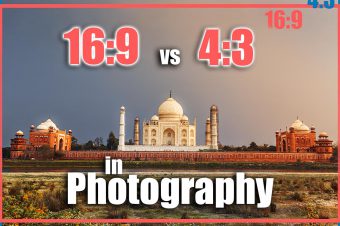
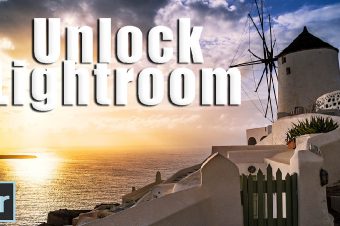
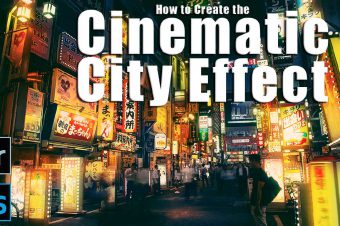
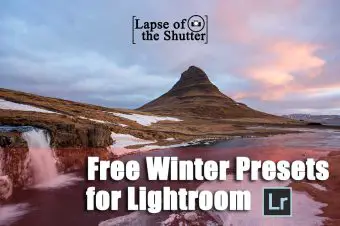
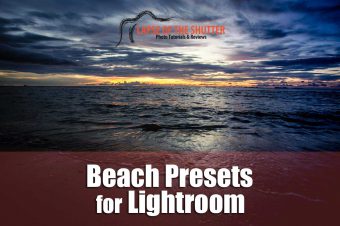
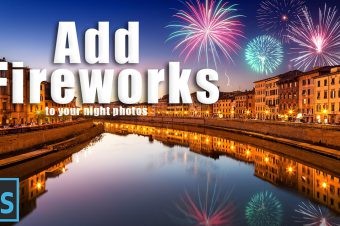
Leave a Reply